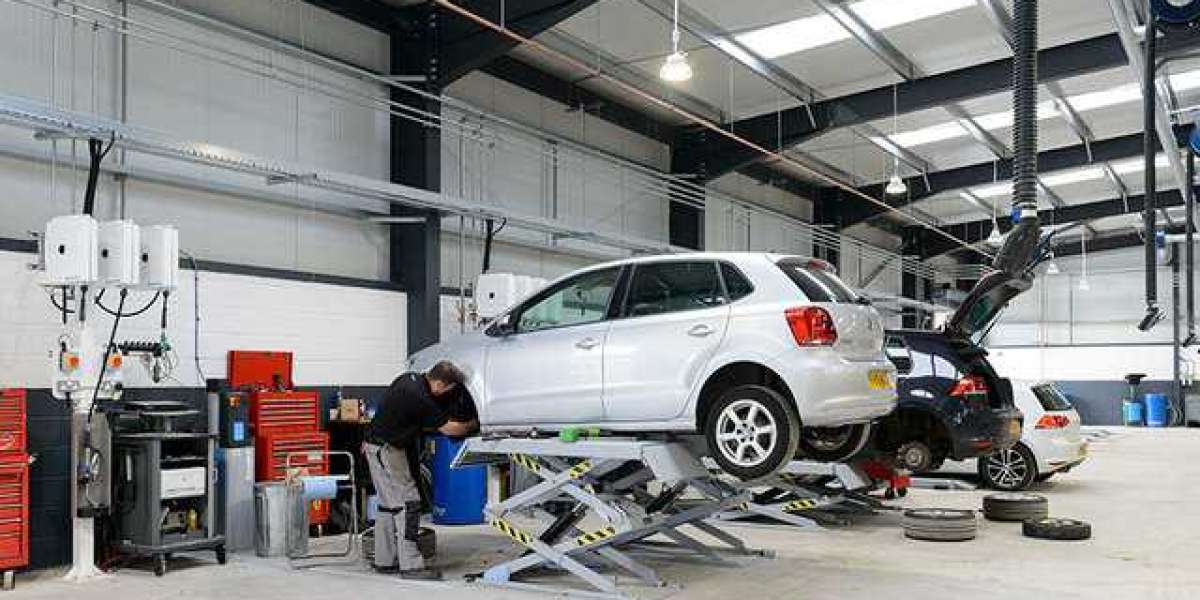In the realm of industrial piping and heat exchange systems, the configuration of tubing is as critical as the material from which it is made. Among the various formed shapes, u bend tubes represent a fundamental and highly efficient design, particularly when fabricated from advanced austenitic stainless steels. The seamless tubes formed into these precise geometries from alloys such as tp304l, tp316l, and tp321 offer a combination of corrosion resistance, mechanical strength, and design flexibility that is essential for demanding applications. These specific materials are not chosen arbitrarily; each brings a unique set of properties tailored to overcome specific environmental and operational challenges.
The “u bend” itself is a clever engineering solution. By bending a length of seamless tube into a tight, continuous 180-degree curve, manufacturers create a single-piece element that eliminates the need for additional fittings or welds at the curvature’s apex. This design is paramount in systems like heat exchangers, where it allows for thermal expansion and contraction, reduces potential leak points, and facilitates easier maintenance and tube bundle insertion and removal. The process of creating a perfect u bend from these hard, springy alloys requires specialized equipment and expertise to avoid compromising the tube’s integrity.
Understanding the distinct advantages and appropriate applications for tubes made from these three grades—tp304l, tp316l, and tp321—is crucial for engineers, designers, and procurement specialists. The selection process involves a careful evaluation of the operating environment, including factors such as temperature, pressure, and the presence of corrosive agents. This article will delve into the specifics of each alloy, explore the manufacturing and quality control processes behind u bend tubes, and examine their primary applications, providing a comprehensive guide to these vital components.
The critical role of material composition and properties
The performance of any u bend tube is intrinsically linked to the chemical composition and resultant physical properties of the stainless steel from which it is made. The “TP” designation indicates that the tube conforms to specific ASTM standards for seamless pipe and tube, ensuring a defined chemical and mechanical property range. The suffixes “L” and “H” denote low and high carbon content versions, respectively, which is a primary differentiator in their performance.
Tp304l stainless steel is the most versatile and widely used of the three grades. Its excellent corrosion resistance in a wide range of atmospheric environments and many corrosive media makes it a default choice for many applications. The “L” variant indicates a low carbon content, which is typically below 0.03%. This is crucial for resisting sensitization, a process where carbon precipitates at grain boundaries when the material is heated in specific temperature ranges, such as during welding or stress-relieving. This precipitation can lead to intergranular corrosion. By reducing the carbon content, tp304l remains stable and resistant to this form of attack, making it ideal for welded assemblies and applications where subsequent heat treatment is not feasible.
Tp316l stainless steel builds upon the foundation of 304 by adding molybdenum to its alloy composition. This addition significantly enhances its resistance to pitting and crevice corrosion, particularly in chloride-containing environments. Chlorides, which are prevalent in coastal atmospheres, chemical processing, and especially in marine applications, can aggressively attack passive layers on stainless steel. The molybdenum in tp316l strengthens this passive layer, making it far more resilient. Like its counterpart, the “L” version ensures low carbon content for superior weldability and immunity to sensitization. This combination makes the preferred material for more aggressive service conditions.
Tp321 stainless steel utilizes a different strategy to combat sensitization and enhance high-temperature performance. Instead of minimizing carbon, it is stabilized by the addition of titanium. The titanium has a stronger affinity for carbon than chromium does. Therefore, the titanium preferentially combines with the carbon to form titanium carbides, preventing the chromium carbides that cause sensitization from forming. This stabilization allows tp321 to be used in higher carbon variants and makes it exceptionally suited for continuous service at high temperatures, where it offers improved resistance to oxidation and greater strength. While it can be welded, its stabilization also makes it a robust choice for certain corrosive environments.
A comparison of key properties is outlined in the table below:
| Property / Application | TP304L | TP316L | TP321 |
|---|---|---|---|
| Key Alloying Elements | Chromium, Nickel | Chromium, Nickel, Molybdenum | Chromium, Nickel, Titanium |
| Primary Advantage | General corrosion resistance, cost-effectiveness | Superior pitting/crevice corrosion resistance | Stabilization for high-temperature service |
| Max Continuous Service Temp | Good | Good | Excellent |
| Ideal For | Mild chemical, food, beverage, fresh water | Chemical processing, marine, pharmaceutical | High-temperature heat exchangers, exhaust systems |
The manufacturing process of u bend seamless tubes
Producing a high-quality u bend tube is a precise operation that demands careful control at every stage, from the initial tube production to the final forming and heat treatment. The process begins with the creation of seamless tubing. This is typically achieved through a rotary piercing and extrusion process where a solid billet of the chosen stainless steel alloy is heated and transformed into a hollow tube without any seam welds. This seamless construction is vital for high-pressure applications as it ensures uniform mechanical properties and eliminates a potential weak point.
The bending process itself is a critical step that differentiates u bend tubes from straight lengths. The most common and precise method is mandrel bending. In this process, the straight seamless tube is drawn over a carefully designed mandrel and around a bend die. The mandrel, which is inserted into the tube during bending, supports the interior wall from the inside out, preventing the tube from collapsing, wrinkling, or deforming excessively on the inner radius of the bend. The bend die controls the exact radius of the curvature. For tight bend radii, which are common in heat exchanger designs, this support is indispensable for maintaining the tube’s internal diameter and wall thickness consistency.
The act of cold working the material during bending alters its microstructure and mechanical properties. The deformation induces work hardening, increasing the hardness and tensile strength at the bend while decreasing ductility. This can make the bent section more susceptible to certain types of corrosion and cracking if not addressed. Therefore, stress relieving heat treatment is often a mandatory subsequent step. The u-bent tube is heated to a temperature below its transformation range and held for a specific time before being cooled in a controlled manner. This process relieves the internal stresses induced by bending without significantly altering the material’s microstructure or corrosion resistance, restoring its durability and long-term performance capability.
Rigorous quality control permeates the entire manufacturing process. This includes verifying the chemical composition of the raw material, conducting non-destructive tests like eddy current or ultrasonic testing on the straight tubes to ensure integrity, and meticulously inspecting the final u bends. Inspection involves checking the bend radius for accuracy, measuring ovality (the deviation from a perfect circular cross-section), and examining the outer and inner surfaces for any cracks, scratches, or imperfections that could serve as initiation points for failure.
Primary applications and selection criteria
The unique properties of tp304l, tp316l, and tp321 u bend tubes make them indispensable across a diverse range of industries. Their application is most prominent in heat transfer equipment, but their use extends to any system requiring reliable, corrosion-resistant piping in a compact form factor.
The most classic application is in shell and tube heat exchangers. In these devices, hundreds of u bend tubes are often bundled together inside a large shell. One fluid flows through the tubes, while another flows over the outside of the tubes within the shell, facilitating efficient heat transfer between the two media. The u bend design allows the tube side fluid to make a complete “U-turn,” enabling a more compact exchanger design with two passes in a single bundle. The tubes’ ability to expand and contract freely with temperature changes is critical for preventing stress buildup and failure. The choice of material depends entirely on the fluids involved. For example, fresh water or mild process fluids may necessitate tp304l, while seawater cooling or chemical processing would require the chloride resistance of tp316l. For high-temperature heating duties, such as in refineries or power plants, tp321 is often specified.
Beyond heat exchangers, these tubes find use in other systems. They are employed in furnace and boiler components as radiant tubes or heating coils, where their high-temperature strength and oxidation resistance are key. They serve in the food and pharmaceutical industries, where their smooth, seamless interior surface prevents bacterial buildup and allows for easy cleaning and sterilization (CIP - Clean-in-Place). In industrial machinery, they are used for hydraulic and instrumentation lines where space constraints require a compact bent tube solution.
The selection of the correct material is a systematic process. The first step is to define the operating environment in detail. This includes the chemical composition, concentration, and temperature of all media the tube will contact, both internally and externally. For instance, the external environment in a heat exchanger might be vastly different from the internal one and must be considered. Next, mechanical factors such as operating pressure and temperature must be evaluated to ensure the tube’s wall thickness and material strength are adequate. Finally, fabrication requirements play a role. If the assembly involves extensive welding, the low-carbon “L” grades may be preferred to avoid sensitization, unless the design specifically calls for the stabilized properties of tp321.
Installation, maintenance, and longevity considerations
The superior performance of tp304l/tp316l/tp321 u bend tubes can only be realized through correct installation and a conscientious maintenance regime. Proper handling begins even before installation. Tubes should be stored in a clean, dry environment to prevent surface contamination or pitting from airborne chlorides or other pollutants. During handling, care must be taken to avoid scratching or denting the surface, as mechanical damage can compromise the passive oxide layer that provides corrosion resistance.
Installation is a precise task, especially when inserting a tube bundle into a heat exchanger shell. The tubes must be guided carefully to avoid scraping against the baffles or the tube sheet. Ensuring a proper fit and seal in the tube sheet holes is paramount. This typically involves rolling or expanding the tube ends into the tube sheet to create a tight mechanical seal and often a hydraulic one. The techniques and torque used for tube rolling must be strictly controlled to avoid over-working the tube end, which can cause work hardening and micro-cracking, or under-working it, which can lead to leaks.
For maintenance, regular inspection is the cornerstone of longevity. For heat exchangers, this typically occurs during scheduled shutdowns. The bundle is extracted, and the tubes are cleaned to remove fouling, scale, or biological growth that can insulate the tubes and drastically reduce heat transfer efficiency. More importantly, the tubes must be inspected for signs of degradation. Common methods include visual inspection for signs of erosion, corrosion, or pitting, and non-destructive testing like eddy current testing. Eddy current probes can be passed through the tubes to identify wall thinning, pitting, or cracking from the inside out, providing a detailed assessment of the tube’s condition without causing any damage.
The longevity of these u bend tubes is a direct function of correct material selection, proper installation, and proactive maintenance. While these stainless steel alloys are highly durable, they are not invulnerable. Failure modes can include pitting corrosion from chlorides, stress corrosion cracking under the combined action of tensile stress and a corrosive environment, or general thinning from erosion-corrosion. A well-designed system that matches the material to the service environment, coupled with a disciplined maintenance schedule, will ensure that these critical components provide many years of reliable and efficient service. The initial investment in the correct grade of material and quality fabrication pays significant dividends in reduced downtime, lower maintenance costs, and extended operational life.













